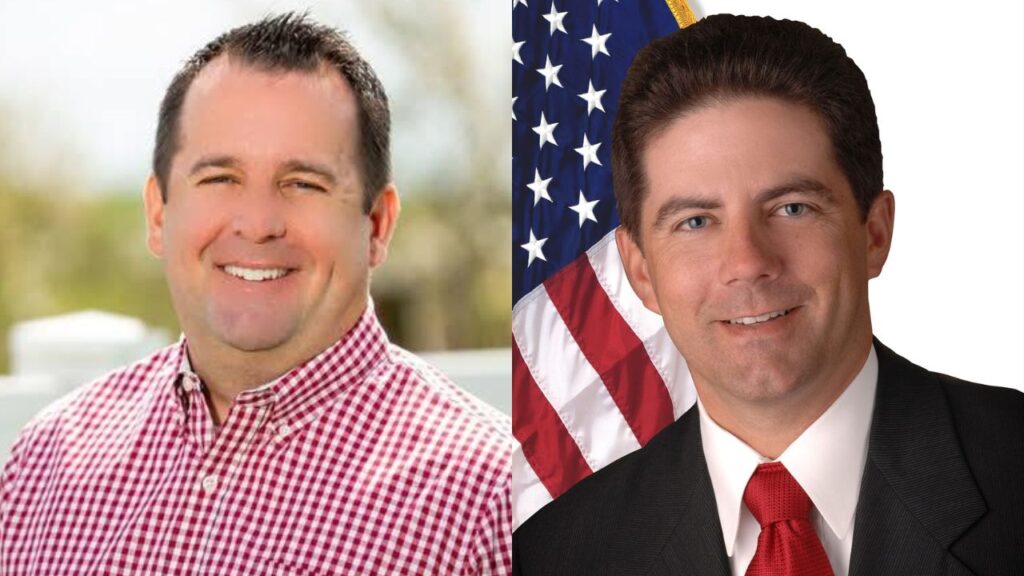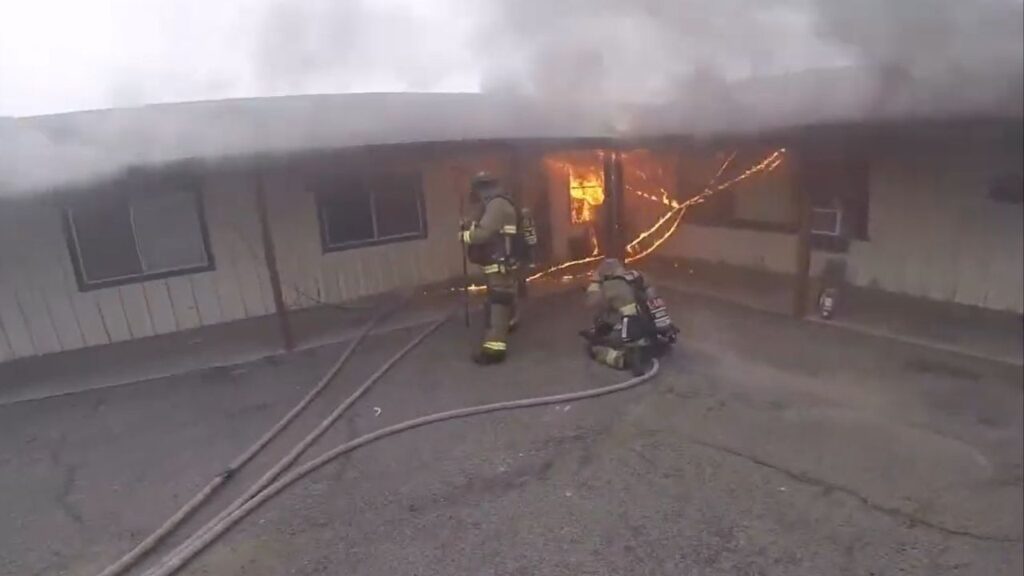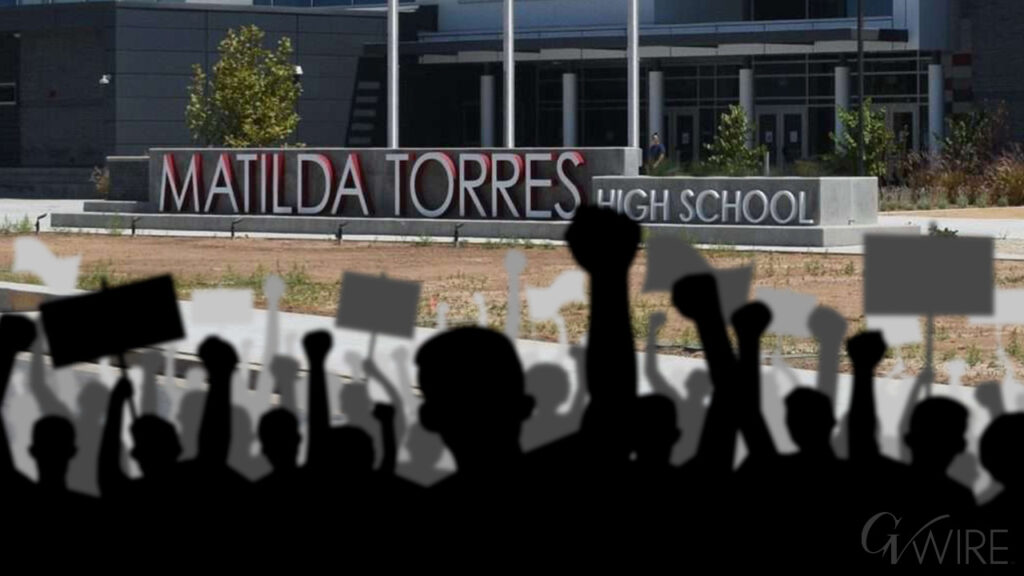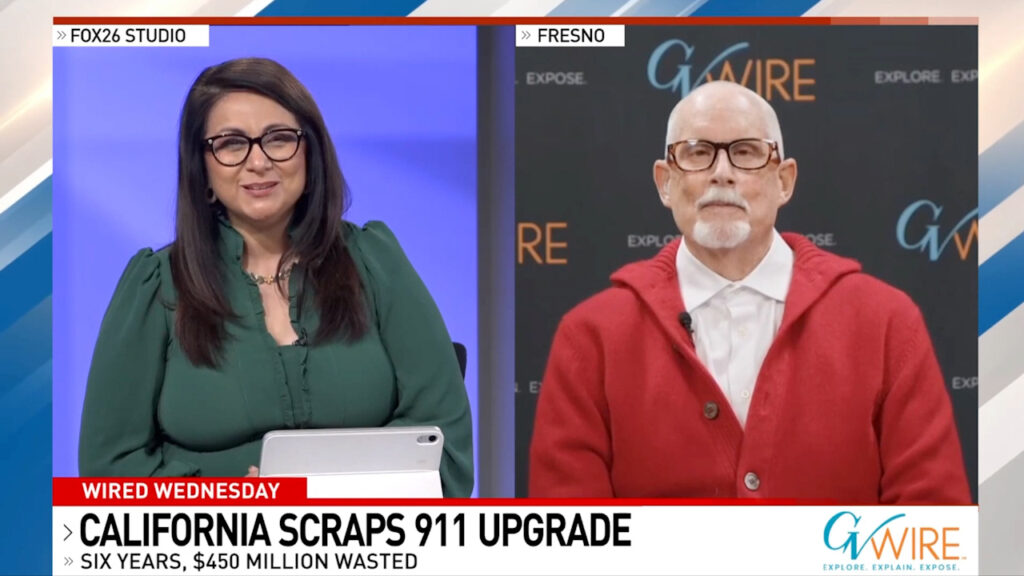Share
Last year, in his final budget as governor, Jerry Brown proudly proclaimed a new policy to encourage the state’s 114 community colleges to pay more attention to how their students are faring.

Opinion
Dan Walters
CALmatters Commentary
“By funding colleges based primarily on enrollment, the current funding formula encourages districts to strictly prioritize student access without regard for student success—such as timely completion and better serving underrepresented students,” Brown’s budget contended.
“The budget proposes a new funding formula for general purpose apportionments that encourages access for underrepresented students, provides additional funding in recognition of the need to provide additional support for low-income students, and rewards colleges’ progress on improving student success metrics.”
The policy was to provide some teeth to a state community college board policy, known as Vision for Success, to achieve certain academic performance goals by 2021-22. This week, however, the system’s chancellor, Eloy Ortiz Oakley, reported that it’s still falling short of getting more students awarded two-year degrees and transferring to four-year colleges and universities.
Two Examples of Accountability
“While there is some progress, it is not acceptable progress,” Oakley told EdSource, a website devoted to California education, after presenting his “state of the system” report to the California Community Colleges Board of Governors.
There was only a one percent increase last year in the number of students who earned degrees or credentials and a three percent rise in students who transferred to University of California or California State University campuses.
The community college report was delivered just a week after the state Board of Education refused to renew the charters of four Thrive charter schools in San Diego, upholding a unanimous decision of the San Diego Unified School District board to deny Thrive’s renewal.
Critics of the Thrive schools, which have been serving about 4,000 students, said that they had consistently failed to raise the academic performances of their students.
The state education department had advised the state board to deny Thrive’s charter because its state test scores have declined every year since it opened in 2014. Last year, only 31 percent of Thrive students who took state tests met or exceeded state standards in English, while 19 percent did so in math.
So here we have two examples of accountability – compelling educators not to simply go through the motions but to demonstrate actual gains in academic outcomes, and perhaps face some penalties for failure.
Accountability in Public Schools That Serve 6 Million Students
But those two examples also underscore a great discrepancy. If it’s good policy to hold community colleges and charter schools accountable for how well their students are being educated, why do we continue to shield the state’s immense K-12 public school system from such accountability?
Thrive was criticized by state officials – and put out of business – for low academic test scores but there are many public schools with equally abysmal records.
For years, education reformers and civil rights groups have pressed for similar accountability in public schools that serve 6 million students, but have been repeatedly rebuffed by the same state Board of Education that cracked down on Thrive.
The board was taking its cue from Jerry Brown, who cited the principle of “subsidiarity” to oppose tight state accountability, trusting local school officials to do the right thing.
That is, of course, the same Jerry Brown who said that community colleges should be judged on their students’ outcomes, with financial penalties for failure.
CALmatters is a public interest journalism venture committed to explaining how California’s state Capitol works and why it matters. For more stories by Dan Walters, go to calmatters.org/commentary.
[activecampaign form=19]


















